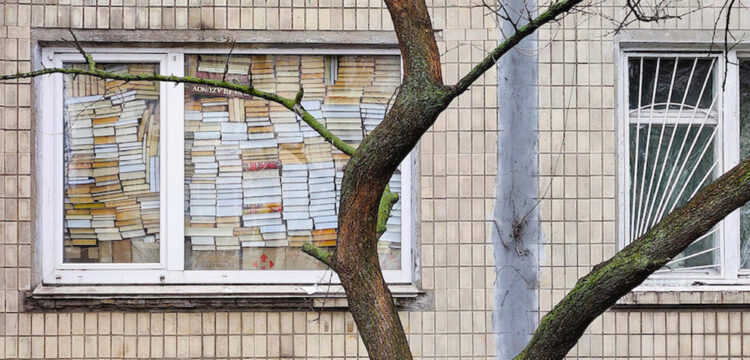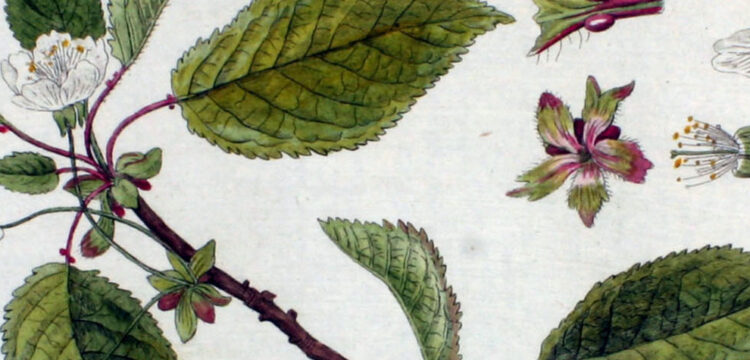Non-Aligned Countries
On ”The Art of Holding Hands” at the Montenegro Pavilion
At the 59th International Art Exhibition – La Biennale di Venezia, Montenegro is represented by the exhibition The Art of Holding Hands / as we break through the sedimentary cloud, at the Palazzo Malipiero, San Marco, Ramo Malipiero Venezia. The exhibition presents works by artists Dante Buu, Lidija Delić, Ivan Šuković, Darko Vučković and Jelena Tomašević, as well as works from the collection of art of the Non-Aligned Movement, by Zuzana Chalupová, René Portocarrero, an unknown author from Iraq, and a documentary on the work of the artist Bernard Matemera, curated by Natalija Vujošević.
The exhibition The Art of Holding Hands / as we break through the sedimentary cloud, resembles a sci-fi tale of possible futures, weaving it through the multitemporal and intergenerational views of artists coming from various social and historical contexts, settling in present-day Montenegro.
The following is an excerpt from the publication that presents intertwined curatorial artistic and poetic approaches, as well as archival and oral historical records, with a special introduction by curator Natalija Vujošević which accompanies the text The Gallery of Art of the Non-Aligned Countries Josip Broz Tito, History written by the Laboratory of the Collection of The Non-Alignment Movement (Marina Čelebić, Anita Ćulafić, Nada Baković and Natalija Vujošević), and Pride, Commitment and decolonial imperative by Vjera Borozan.
As We Break Through The Sedimentary Cloud
This story originates in the margins of the “world”, which today we call global capitalism, from the space of acute dystopia of the disintegrated “body” (of society, nation, nature) which changes under constant turbulence, influences and shock; it loses its solid membrane and like a scattered cloud of ideologies, histories, landscapes, fears and dreams, it floats in time and space.
Since the disintegration of Yugoslavia, Montenegrin society has been in a permanent state of crisis and social amnesia, which has erased from collective memory all the achievements of the socialist history as well as our non-aligned past. Thus, we are ashamed of the period of social development, which is crucial for the study of our emancipation, as well as responsible for the modernization of Montenegrin society. With all the shortcomings of the then implementation of socialist ideas, today it is more than clear that this was the highest civilizational achievement of the Yugoslav countries, and that mega emancipation has already happened in Montenegro, and today it is in ruins in the general defeat of the world by the voracious neoliberal storm. It was a culture that, as always, was the first to be hit and it has suffered a continuous collapse, amateurization and corruption, and eventually came to a state of closed self-sufficient zombie.
We, who lived near the Adriatic, had access to Italian television channels on RAI where we watched magical commercials for sweets and toys that were not available in our society. It was a window through which we dreamed of that other world of freedom and abundance.
After the breakup of Yugoslavia and all of the Berlin Wall, we finally got access to all the air sneakers and scented erasers that we had dreamed of…
Some 20 years later, we talked about these experiences and the impressions that we share, formed over time, like a decades-long hangover.
We felt cheated, realizing we had nothing in our hands.
Today we look at the world that we grew up in through the ruins and archives of a shattered society, it looks like a window into a future that has already happened.
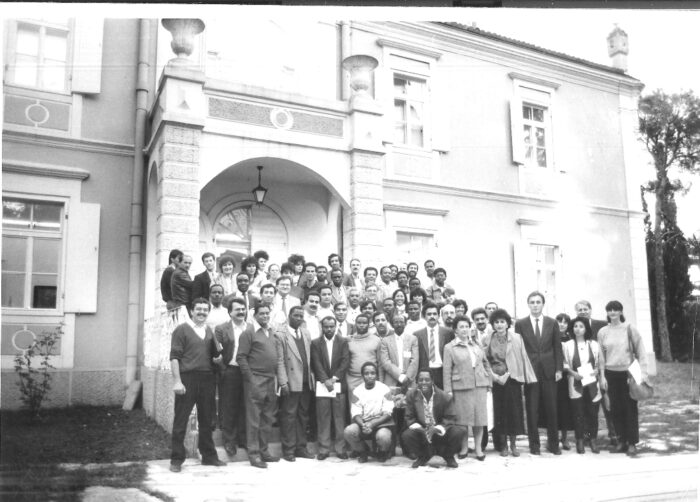
The Gallery of Art of the Non-Aligned Countries Josip Broz Tito, History
The Gallery of Art of the Non-Aligned Countries Josip Broz Tito was inaugurated on September 1, 1984, in Titograd, SFR Yugoslavia. The Gallery was situated in the Petrović Palace in Kruševac. During the existence and work of the Gallery, a collection of about 800 artworks from 56 non-aligned and developing countries was formed.
In addition to accumulating artworks and forming collections and permanent exhibitions, the Gallery’s activity was aimed at organizing numerous group and solo exhibitions from Algeria, India, Cuba, Venezuela, Mexico, Sri Lanka, Bangladesh, Philippines, Ecuador, Mali, Indonesia, Uganda, Cyprus, Argentina, Bolivia, Tanzania, Tunisia, etc. Certain non-aligned countries donated particularly valuable exhibits to the Gallery, such as India, Egypt, Bolivia, Cuba, Cyprus, etc. The existence of such a Gallery and its work has enabled an encounter of the artistic ideas and achievements from all meridians in one place and empowered then marginalized artistic specialties and features and cultures of non-aligned countries, to fight through a joint action for equal status in the field of culture, against then strong Eurocentric preconception of their artistic values and cultural heritage. Preservation and affirmation of autochthonous cultures were the aim but also the requirement for establishment of equal relations and development of cultural pluralism in the world, which was advocated by the members of the Non-Aligned Movement. The Gallery of Art of the Non-Aligned Countries was established with the purpose of “contributing to the affirmation of the principles and goals of the non-alignment policy in the field of culture.” In that sense, this Gallery was a unique cultural institution in the world.
The Gallery performed the following activities: collecting artworks from non-aligned countries; organising permanent exhibitions, exhibitions inside its own premises and occasional exhibitions on the territory of SFR Yugoslavia and abroad; organising encounters, talks and symposiums on artistic creation in the non-aligned and developing countries; providing studios in which artists from non-aligned countries occasionally worked; pedagogical work on artistic human resources establishment; issuing publications that were used for the affirmation and follow-up of development of artistic creation of non-aligned countries.
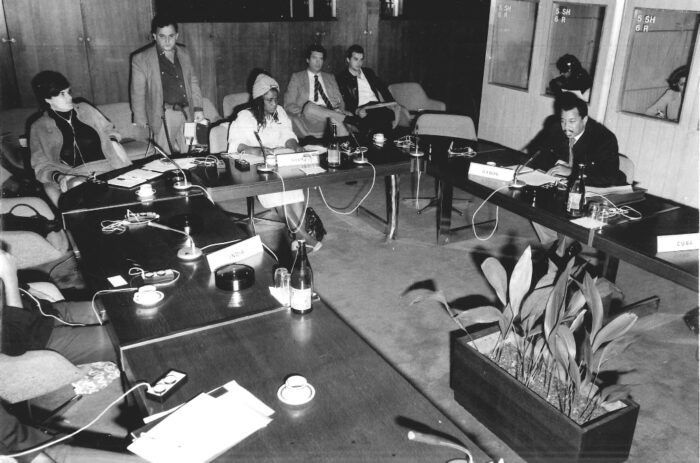
The artists’ study visits were also organized in the Gallery. Many artists from non-aligned and developing countries stayed in the Gallery’s studios. In addition to working in studios, the artists held lectures on the art of their countries, meeting our artists with whom they exchanged experiences and built contacts. It is interesting to mention that the impressive work Family by sculptor Bernard Matemer, a spatial sculpture in white marble, was created during the artist’s stay in the Titograd studio, in 1987. The Gallery also organized competitions for documentary TV films on art and culture of the non-aligned and developing countries. UNESCO has supported many activities of the Gallery – symposia, fine arts triennials of non-aligned and developing countries, summits, etc. In addition to thematic exhibitions, the Gallery organized cultural events that included other contents, such as dance, music, TV shows and more, which contributed to a better introduction and understanding of the cultures of these countries (manifestations such as Days of Indian Culture, Days of Indonesian Culture, Days of Tanzanian Culture).
The Gallery was the only organizer, de facto, of Yugoslav and Montenegrin art in that part of the world (non-aligned and developing countries). International cooperation has been widely achieved, programs have been implemented with Italy, Denmark, the Netherlands, in accordance with available financial means. Corresponding international agreements have provided quality and low-cost programs. The Gallery Josip Broz Tito has enabled Yugoslavia to present abroad the exhibitions in Algeria, Harare, Lusaka, Delhi, Dar es Salaam, Alexandria, etc.
In a short time, the Gallery has become one of the most frequent places in the city. More than one hundred thousand visitors were recorded in the days of celebrating the first anniversary of this institution. With its artistic mission, this organization of special social interest had an exceptional significance that exceeded the framework of our city, the Republic and Yugoslavia.
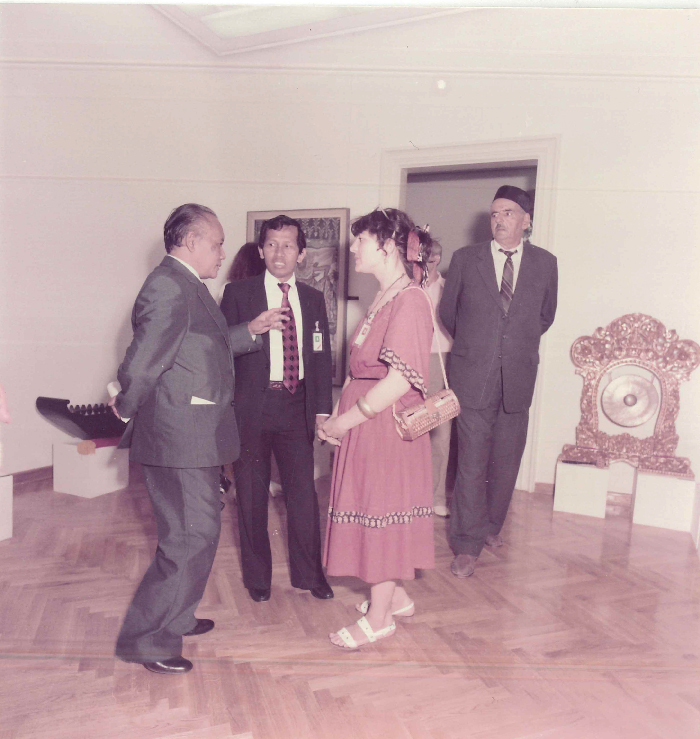
With the change of social circumstances, after a decade of very successful functioning in our country and the world, the Gallery of Art of the Non-Aligned Countries Josip Broz Tito, ceased to work in 1995. Consequently, the Parliament of Montenegro made decision on April 4, 1995, to form a new cultural institution, the Centre for Contemporary Art of Montenegro. The newly formed Centre inherited the complete, extremely valuable and exceptionally diverse art fund of the former Gallery of Art of the Non-Aligned Countries.
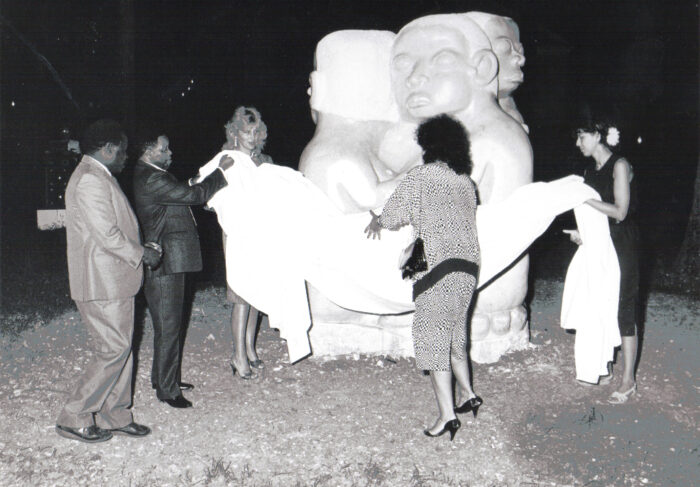
Pride, Commitment and decolonial imperative*
From an idea to a decision
Browsing through the documentation, available in the Centre for Contemporary Art in Podgorica, we may access the information that the idea of founding the Gallery of Art of the Non-Aligned Countries existed back in 1973. To bring to life the mentioned idea, a whole decade needed to pass, and many individuals and collectives had to be engaged in the local self-managed companies, city, republic and federal governmental structures, and a complete network of the Non-Aligned Movement had to be activated thereafter. In the meantime, a catastrophic earthquake took place in Montenegro (1979), and a year later, the President of the SFRY, Josip Broz Tito, passed away. And as sometimes occurs, the unpredictable events happened to be crucial in the process of realizing the idea to establish the Gallery of Art of the Non-Aligned countries.**
Foundation
Shortly after Tito’s death in 1980, it was decided that the Republic of Montenegro would propose to the Federal Secretariat for Foreign Affairs an initiative to celebrate the twentieth anniversary of the Non-Aligned Movement and the first Non-Aligned Summit in Belgrade by establishing the first institution of art and culture of the Non-Aligned countries, bearing the name of the late President. Already on December 17, 1981, the Municipal Assembly of Titograd decided to open the Gallery and allocate funds from the municipal budget for the beginning of its work (500,000 dinars).
In the preparatory phase of the project, it was planned to announce an international competition for the construction of a new Gallery building, but unfortunately such project never realized, so the newly established institution was situated in the building of Petrović Palace in Kruševac.
The formation of the collection began with an invitation to convene the Summit of the Non-Aligned in New Delhi in 1983, and then in Harare in 1986. On that occasion, all members of the Non-Aligned Movement were invited to participate in the work of the Gallery, by choosing works of art and artifacts for this institution to present individual countries, and together with the Gallery, organize various activities in the field of art and culture.

The gift economy
Most of the artworks from the collection in the Gallery’s entry books are kept as “gifts”. In many cases, it’s impossible to obtain accurate data on the entrants (institutions/individuals) entrusted with the selection of artworks-gifts. Namely, the gifts from the documentation are most often classified in general as “gifts of the countries” or “gifts of the governments”, without more detailed specification. Among specified institutions and individuals, only several ministries and embassies of the non-aligned countries were named, several prominent politicians and only two cultural and art institutions: the National Gallery of Modern Art in New Delhi and the National Gallery of Zimbabwe. About a quarter of the collection consists of gifts from the artists themselves.
Until 1992, the Gallery was financially supported for its activities from the Federal Executive Council, i.e. its Solidarity Fund for Non-Aligned and Developing Countries, which provided about 2/3 of the required funds. The rest of the funds necessary for the Gallery’s staff salaries were provided by the Republic Funds for Culture of Montenegro and the Municipality of Titograd, mainly for the adaptation and maintenance of the gallery facilities.

The Collection
The fund of the Gallery of Art of the Non-Aligned Countries (today divided into four collections based on geographical provenance) is of an extremely diverse character and, as such, simply withstands many types of classifications. It is inasmuch interesting to contextualize artworks individually as a kind of aesthetic and political representation and observe them from the perspective of today.
Within the collection, we can recognize several “units”, such as Bolivian art organized and presented to the public through two curatorial exhibitions, works by Indian artists donated by the National Gallery of Modern Art in New Delhi and works by Egyptian artists, that represent specific curatorial selections of contemporary art in the 1980s. Many of the included artists have won national and international awards and scholarships.
Meetings, exchanges, experiences
On the one hand, there were numerous institutions/individuals whose activities externally influenced the work and contents of the Gallery, and on the other hand, there was, above all, the Gallery acting from the inside as a sum of specific experiences of the cultural employees and artists from non-aligned countries who all together, during their (residential) stays, realized through the cooperative process a program primarily intended for the Montenegrin audience. There are stories, experiences and memories of Ira Chaudhuri, Bernard Matemera, Iromie Wijewardena, Joseph Muli, Eloy Tarcisio and many other artists.

Diplomacy
The first Director of the Gallery was the diplomat Milena Vlahović, who managed the Gallery during its key period (1985-1989). Prior to becoming the Head of this institution, she was an attaché in the Permanent Mission of SFRY to the UN; among other things, she has participated in several conferences of the Non-Aligned Movement. In such context, I would like to emphasize that today it is necessary to review and analyze the role of cultural diplomacy in the formation of the collection and in creating the activities of the Gallery, given that these two segments of work were interconnected. We should reconstruct the trajectories of cultural diplomacy of the non-aligned countries, study common cultural policies and consider their effectiveness, investigate why and when they function by default or contrary to the logic of more or less important political gestures and messages that we are interpreting today throughout the corpus of the collection.
Transformation in an unforeseen direction
At the Summit in Harare in 1986, a decision was made to transform the existing Gallery into a joint institution of non-aligned countries and accordingly prepare and adopt a new Statute of the international institution. The draft Statute was in preparation by the Coordination Bureau prior to the Summit in Belgrade, where this document was adopted in 1989. It outlined the basic administrative bodies (Assembly and Council), as well as the mode of management. The “broad democratic basis” of the institution and the equal representation of many delegates from the member states and several political movements in its administrative bodies were crucial.
Montenegro expected that the decisions on the transformation of the existing institution and the formation of the International Council and the Assembly of the Gallery would be implemented by the federal bodies of the SFRY, but that, unfortunately, never materialized.
In June 1995, the Government of Montenegro made a decision to terminate the work of the Gallery of Art of the Non-Aligned Countries, i.e. to create a new institution called the Centre for Contemporary Art, where the collection remains today in its funds and depots.
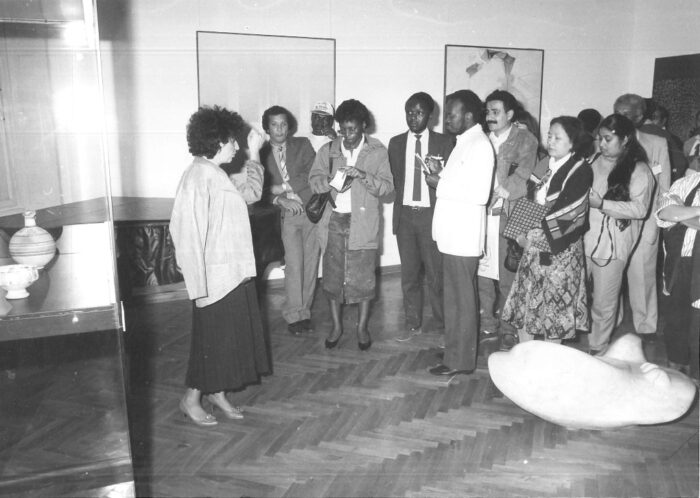
Reading scenes of value against the arrow of time***
The Second Belgrade Conference of the Non-Aligned Movement was also the last in a country non-existent on the maps for three decades, a country excluded from the Movement in 1992 due to violation of one of its fundamental provisions on peaceful coexistence.
The transformation into a new joint Gallery and its statute have not been put into practice; and therefore, we can only imagine how complicated it would be to implement the concept that defined the management of the institution in the form of regular meetings where many delegates from selected countries of the Movement were to sit and jointly decide on the program. Even today, in the age of online 5G telecommunications standard and social media, such an accomplishment may seem unthinkable for many reasons. The question is, is this just a problem of “lack of imagination” that we so often refer to?
Right now, when we are witnessing again pressing discussions about decolonization, as well as radical attempts to redefine the Raison d’être of museum and gallery institutions (A. Azoulay, C. Deliss), the Gallery of Art of the Non-Aligned Countries and in its first-realized edition, represent a specific case worthy of our attention and thorough research. This unique institution, which functioned thanks to the networks of cultural diplomacy, the gift economy and specific exchanges, raises many thoughts and questions even today. How was it possible to realize such an endeavor in a specific time, the last decade of the Cold War, and in a specific place of the Socialist Republic of Montenegro? What kind of ideological, political and material frameworks enabled the accumulation of hundreds of artworks and artifacts, dozens of residential stays of artists from many non-aligned countries, the organization of numerous exhibitions, several international conferences and various cultural events accompanied by publishing? What types of experiences and exchanges have been conceived through the daily practice of the institution and all its participants, including the local audience? We could ask many more questions, whereby looking for their answers would be useful.
Perhaps right now, when the world of art is being stirred again by by decolonial imperative and we are witnessing many (more or less effective) examples of decolonial practices, the genuine moment is arriving to instigate our imagination in the “unimaginable direction” as we’re studying our concrete example from the past.
* Pride and Commitment is the subtitle of an informative brochure about the Gallery of Art of the Non-Aligned Countries published in Titograd in 1982.
** Further only the Gallery
*** Reading scenes of value against the arrow of time is the chapter title in a recently published book by Brazilian theorist and artist Denise Ferreira da Silva. In this text, it takes over the function of a subtitle with new and differing meanings.


